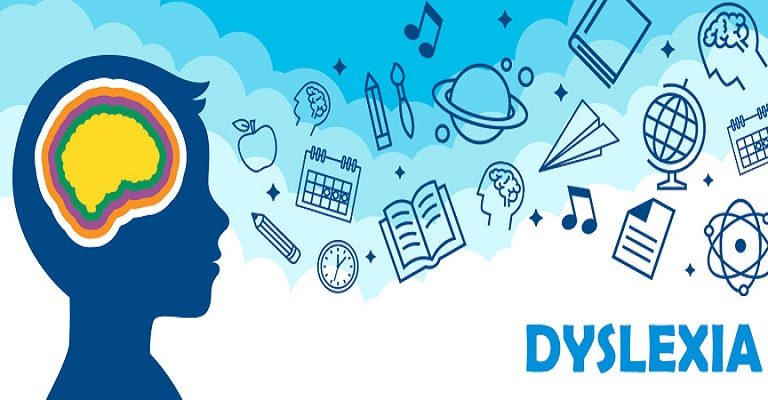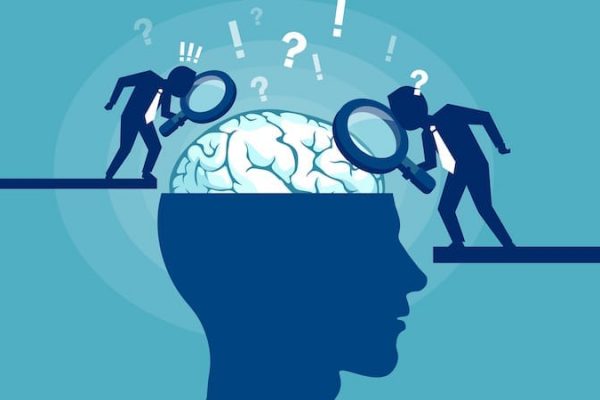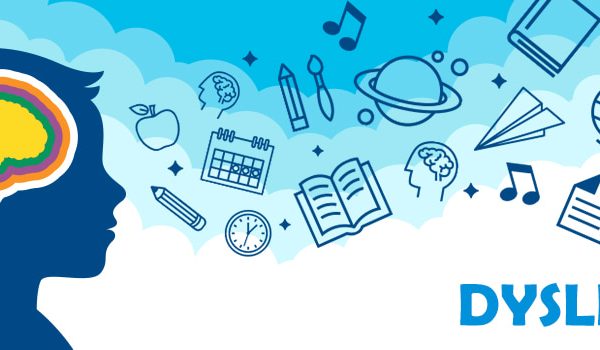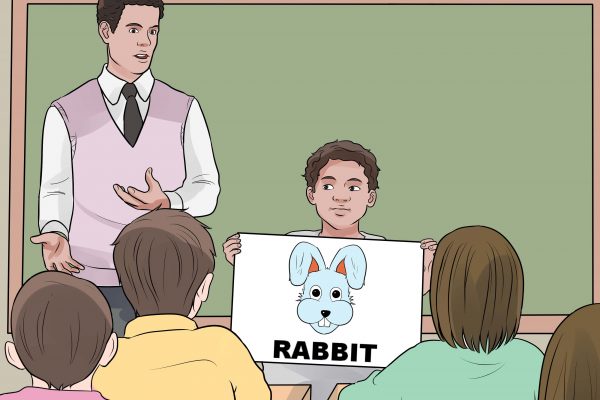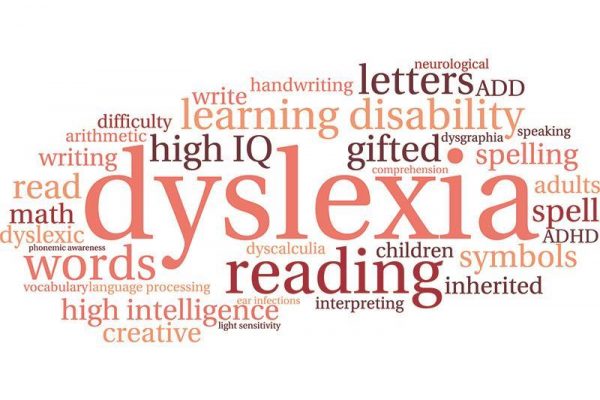Dyslexia is sometimes misinterpreted as a reading problem. However, if we dissect the word, there are two parts to it. Dys means difficulty or an inability to do a thing while Lexia means words. This blog will take a deep dive into a dyslexic brain.
Dyslexia is a neurological problem and this post will explore a dyslexic brain from a kids brain trainer perspective.
Regions of the brain and their purposes
It is a known fact that the brain is segmented into two hemispheres. The left side controls everything from language processing, speech, and reading. This hemisphere can be further divided into four lobes.
- Frontal lobe: Regulates emotions, speech, and drives reasoning
- Parietal lobe: Links written & spoken language to give words their meaning. This part is also responsible for sensory perceptions.
- Occipital lobe: Contains the visual cortex that helps to identify numbers.
- Temporal lobe: Responsible for verbal memory
Structural differences in the brain
Brain scans have revealed significant structural differences between a dyslexic and average brain. The findings are consistent across all age groups.
There are two materials in the brain: White and gray matter. The former is made up of nerve cells and processes information, while the latter enables communication between the nerve cells. In simple terms, white matter takes care of the information exchange across all parts of the brain.
A study found that dyslexic people have low gray matter in the left parietotemporal area compared to regular people. Since the gray matter is low in this part of the brain, a dyslexic individual would have low phonological awareness. It means that the person cannot process the sound patterns in a language.
The result is also the same with white matter. This material enables reading abilities. Therefore, dyslexic people have difficulties with reading comprehension.
Functional differences in the brain
Several studies have used FMRI (Functional Magnetic Resonance Imaging) to capture the physiological activities inside the brain. This test is called functional since it is conducted while the person is actively engaged in child concentration exercises.
In one instance, researchers experimented with 144 children with and without dyslexia. They were made to:
- Recognize the sound of letters
- Spell out gibberish words
- Pronouncing words and comparing the sound and their meaning.
This study analyzed the brain activation patterns in children. The dyslexic mind showed weaker activations in areas responsible for reading while the other regions flared up to compensate for it. The rear systems of the left side underperformed due to dyslexic condition and the brain took the help of other less effective systems to negate the effects.
To summarise, a dyslexic brain functioned differently than a regular brain. The entire mechanism of brain activation varied between the two. Additionally, the lower frontal region activated a lot to offset the weakness of the posterior region.
At Sugar, our memory improvement techniques aim to bring holistic brain development for kids.
